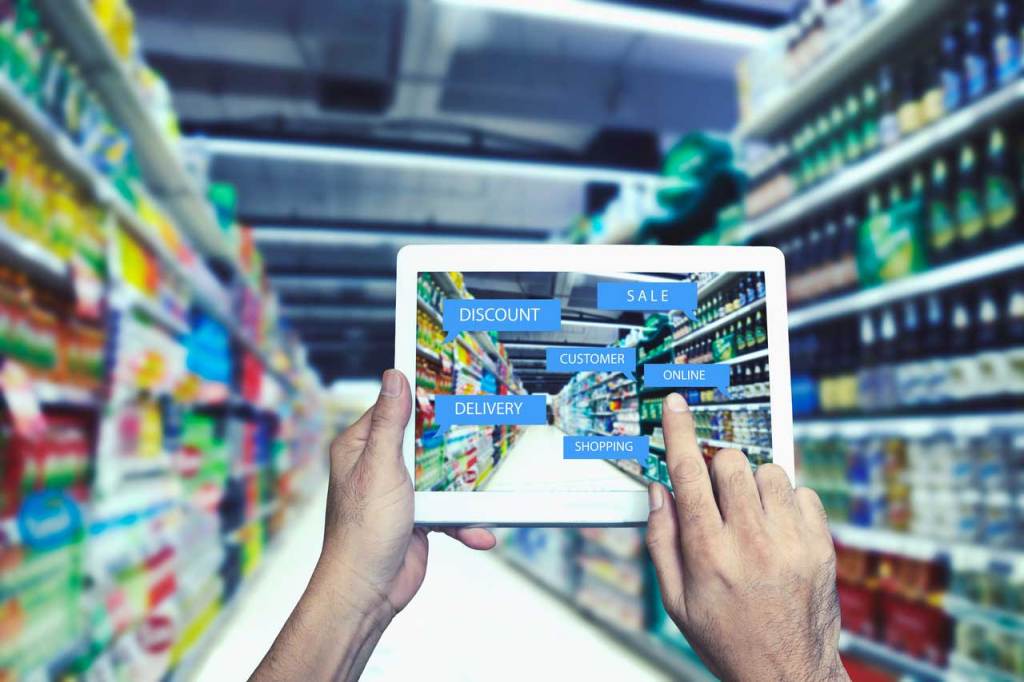A confluence of challenges cause concern
The retail experts at NIQ have identified 6 Transformative Retail Trends for 2023. At the beginning of the year, some categories with steady sales are weakening, but others with softer sales are holding their own and even growing. The potentially bad news is the confluence of complicated challenges facing the industry.
1. Financial polarization will redefine price tiers and assortment needs
The first trend focuses on the economic stratification of consumers and how it impacts several elements of CPG marketing, including managing premium and value price tiers, the significance of private label and value channels, convenience and range and assortment.
The top and bottom earners will move to premium and value respectively, but it’s really the cautious middle consumers, that will be important to retailers and brands alike.
2. Global and long-distance supply chains will become more condensed, local, transparent, and cost effective
The enduring impact of COVID-19, mandated sustainability initiatives, and extreme weather are all creating snafus companies must manage. Supply chains will be more local, provide more visibility and will experience more automation (and require more analytics) than ever before.
In addition, greater visibility of the full product life cycle and the use of alternatives like renewable energy, electric cars, alternative meats, and vertical farms all offer tremendous opportunities for retailers and brands.
3. Sustainability shifts from promise to proof
Companies and consumers are not on the same page when it comes to sustainability, partially because sustainability means different things to different people. Retailers and brands need to step up their game to make it easier for consumers to shop sustainably.
4. The geography of spending in the U.S. is shifting
Consumers are changing the way they shop, where they shop and how they consume, and a lot of that modification is based on where people are moving to and from. Work-from-home lifestyles are dramatically changing shopping patterns and behaviors. E-commerce, delivery, and logistics are making retailers re-think locations and the consumer’s path-to-purchase.
5. The digital and physical worlds of omni retail will finally merge
Post COVID-19 lockdown, there has been a stabilization with offerings like click and collect, and simultaneously there has been a return to the store, a reinvigoration of physical retail. Ma described this as one of the positive consequences of the pandemic, that the inability to visit stores actually made them more appealing to many shoppers.
6. Gen Z is transforming the future of shopping like never before
Retailers and brands need to prepare to cater to the continuously connected shopper. This requires new engagements in new channels that Gen Z loves, particularly social commerce. This generation has inspired an ecosystem of always-on shopping, with high expectations for meaningful and memorable experiences.
So, what does all this mean?
Navigating disruptive trends in 2023
To successfully navigate these trends in 2023, retailers will need to:
- Understand their consumers by leveraging first party data and gaining a full view of the retail landscape beyond their stores. Activating with a clearer picture of consumer needs and preferences will be key.
- Retailers will also need to up their collaboration efforts with suppliers to successfully navigate disruptive trends. This includes focusing on personalized offers, retail media, and mutual transparency.
- And finally, a full view of the market will be essential — in addition to enabling brands to keep tabs on emerging trends, a single, trustworthy data source will give retailers an understanding of cross-channel dynamics, without blind spots.
Regarding data and collaboration, true retail is a two-way street that starts with a data infrastructure that is integrated, clean, coded, analyzed, and extracted in a clean environment. Only then do you have the means to start gleaning insights coming from both parties — from market insights and supply chain analysis to merchandising analytics, customer insights, marketing activations, retail media, and more.




